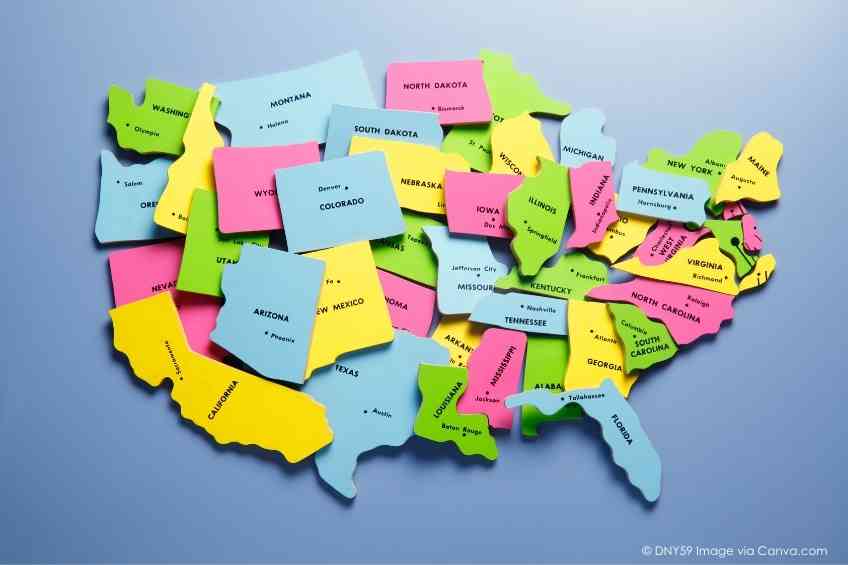The Skinny:
People may want to step back when they read this, but hiking is the most popular outdoor activity in America. More than 50 million Americans are on the trails annually in local, state or federal parks. It’s a great way to get some exercise and fresh air—and connect to nature. Unfortunately, there are a lot of unforeseen dangers in hiking, some of which can be serious. In the last 75 years, about one million hikers have died worldwide. Tens of millions more get injured. Does this mean people should get off the trails? Of course not. But they should think ahead about how to stay unharmed. WellWell is here with some safety tips. Read on.
The Slate:
Proper Footwear
Think about it. Hiking demands proper fitting footwear, complete with good traction and ankle support. It will not only help prevent painful ankle rolls, and it may help hikers avoid blisters. Cotton socks are also out. Go for wool hiking socks or those made of synthetics.
Stay Connected
Chances are hikers won’t have cell connectivity when out on the trail. It makes it critical to inform someone responsible when you’re leaving for a hike, where you’re going and when you expect to be back.
Don’t Mess with Nature
Catching a glimpse of a wild animal on a trail is a great experience. But that’s where the connection should end. Give wildlife a wide berth. How wide? Yellowstone National Park rangers recommend at least 100 yards for bears and 25 yards for moose, bison and elk. If a hiker comes across a bear, they should make noise to make the beast retreat safely from one another.
Fire Starter
Most hikers are not interested in overnight adventures. But it is still a good idea to know how to start a fire in an emergency, especially if you must stay overnight. A fire will provide heat, keep animals at bay and help signal rescue workers. It doesn’t mean knowing how to rub sticks together to ignite a blaze. Waterproof matches should do the trick.
Map It
Bottom line: a map is the most important thing to bring on a hike. GPS technology may not be available or dependable in the wild, so a map, and knowing how to read it, is essential.
First Aid Kit
It doesn’t matter how long the hike is. It is a good idea to bring a first aid kit, even for a day hike. A good one will aid in everything from bug bites to scraps and cuts. It is also wise to pack an EpiPen or medicine to help offset any allergic reactions on the trail.
Pack Enough Water And Rations
Don’t go anywhere without water. Snacks are important, even for a hike of a few hours. The combined impact will prevent exhaustion and even fainting. Besides water, think dried fruits and nuts, meat, sandwiches, power bars, granola or hard-boiled eggs.
Eyes Up:
What do you always bring on a hike? Let us know at info@wellwellusa.com.
WellWell editors independently identify services and products of interest. If readers purchase anything through the associated links, WellWell may earn a commission, which goes to support our work. Learn More.













